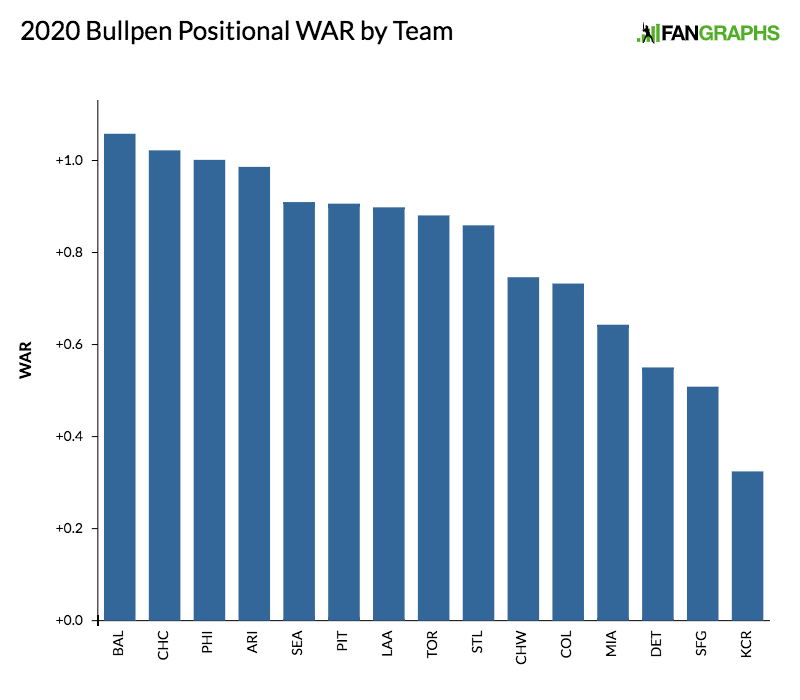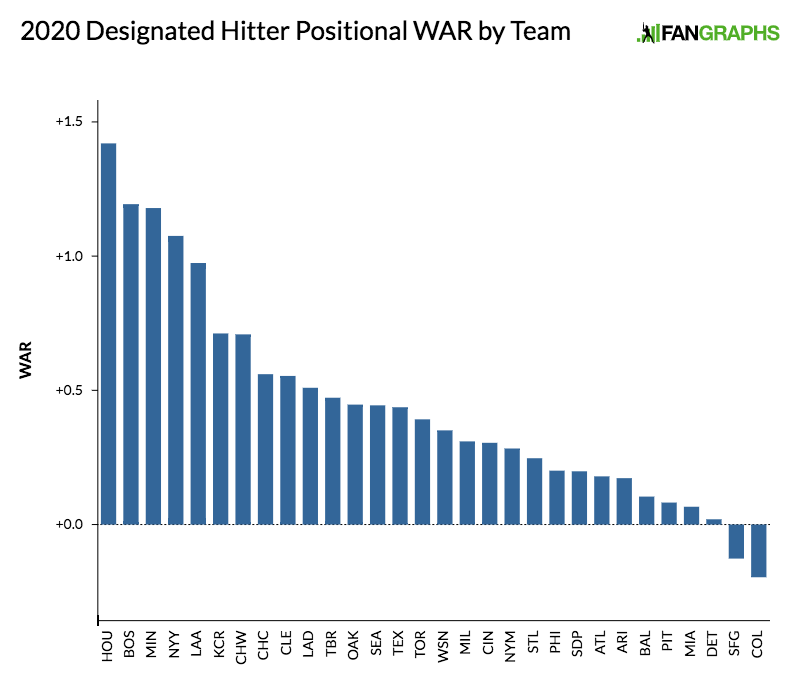The Official ZiPS 2020 Projected Standings
We made it! It took a four-month journey through a still-raging pandemic and some still-burning baseball economic issues, but Opening Day of the weirdest season we’re likely to see in our lifetimes is here. The 2020 season is not a marathon, but a sprint, so we’re already in the home stretch. We’re not starting at square one, of course; if this were Monopoly, the bank would be out of hotels and everyone playing the game would hate each other, especially that jerk who has Boardwalk and Park Place.
Projecting such a season presents some unique challenges a prognosticator doesn’t normally face. It’s not projecting the individual players’ production that’s the problem so much as all the stuff around it. How many players will miss time due to the league’s COVID-19 protocols? How do we adjust for injuries when teams will play just 37% of the games, but players’ recovery from hamstring and elbow woes won’t be similarly prorated? Will top prospect talent have the same short-term upside when they’re riding the bench or practicing at their team’s alternate site that they would if they were playing actual games in the minors? How will the strange, crowdless games and the stresses of keeping up social distancing guidelines affect play?
No, I’m actually asking! I can make educated guesses that I hope aren’t preposterous, but I don’t actually know the answers to these questions. For someone who models stuff, it’s a maddening situation. But it’s a challenge I can’t avoid given that projecting stuff is, well, a big part of my job! But you’re not here to commiserate with me, humor my self-indulgent wordsmithing, or dig out where I make a reference to the Battle of Actium in 31 BC, so let’s go straight to the final projected standings. Read the rest of this entry »






